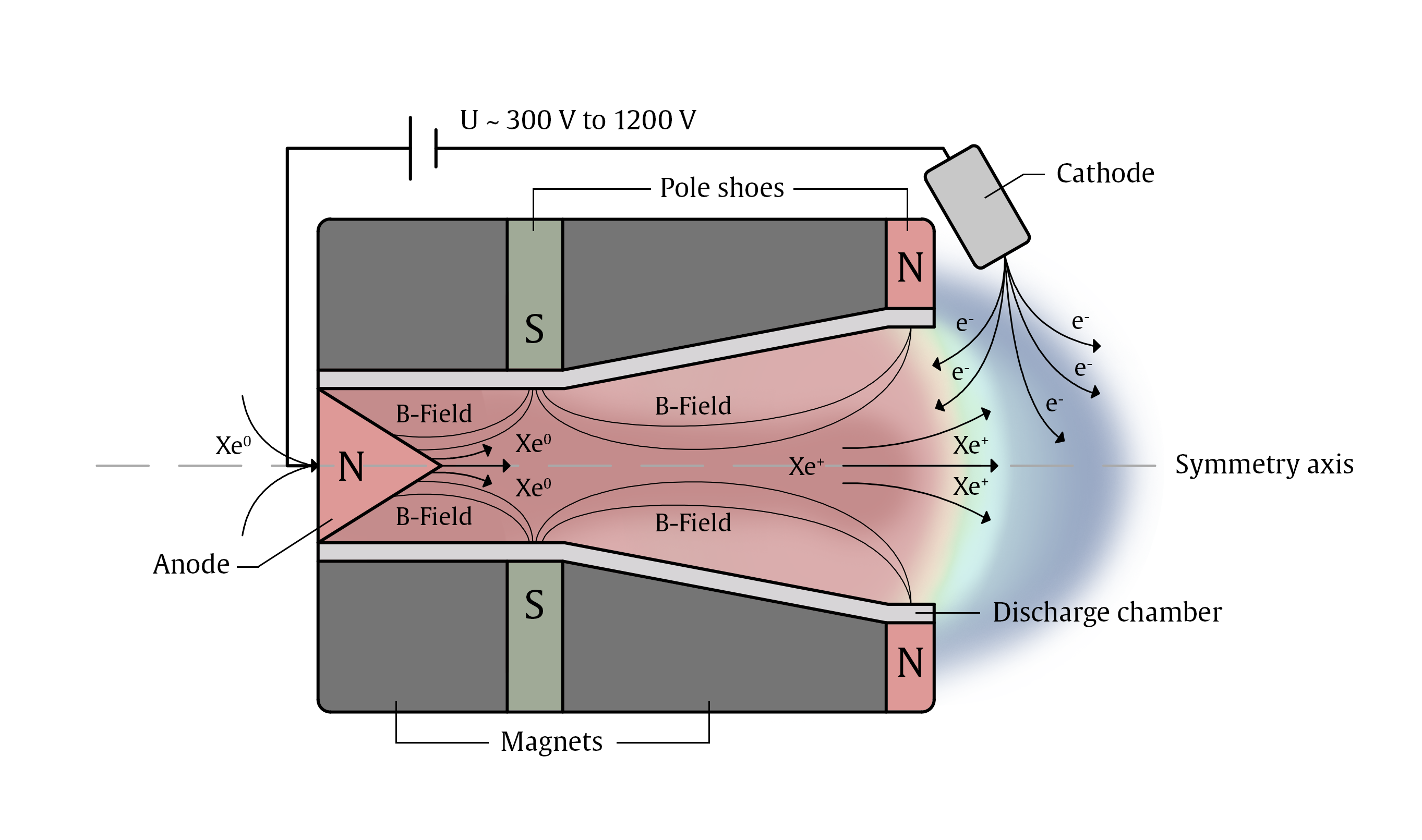Airbus Defence and Space is the world’s second largest space company and one of the top 10 defence companies globally, with revenues of around €11.3 billion per year (2022) and approx. 33.500 employees (2022). Under its current organisation, Airbus Defence and Space is composed of four Business Lines:
- Space Systems,
- Communications, Intelligence & Security (CIS),
- Military Aircraft,
- Unmanned Aerial Systems
The company brings together a wide portfolio to continue to meet the complex needs of its customers across the world, contribute to Europe’s defence and security, and secure Europe’s independent access to and utilisation of space. The portfolio review conducted last year by Airbus Defence and Space has confirmed Space as one of its core business, together with Military Aircraft, Unmanned Aerial Systems and related systems and services.
Airbus Space Systems has been developing satellites for over 40 years and has contributed to virtually all scientific and Earth observation missions in Europe, whether as satellite prime contractor, ground segment contractor or as a major subcontractor. It is currently the European leader for Space industry, and the second leader in the world.

Airbus Friedrichshafen as large system integrator and Advanced Cusp Field Thruster (ACFT, see schematic above) development authority will act as programme coordinator due to its heritage in managing complex satellite projects and H2020 activities such as the previous iFACT project. It will also act as development focal point because of its experience in iodine EP and space subsystem development. With the required iodine compatible testing facilities already available for cathode and feeding characterisation, a test bench to measure the thermionic emission properties as well as a thruster test facility with thrust balance and diagnostics, a significant amount of the experimental subsystem test performed will be done by Airbus Friedrichshafen. These facilities will be made available for the consortium partners as well to characterise their developed subsystem building blocks.

